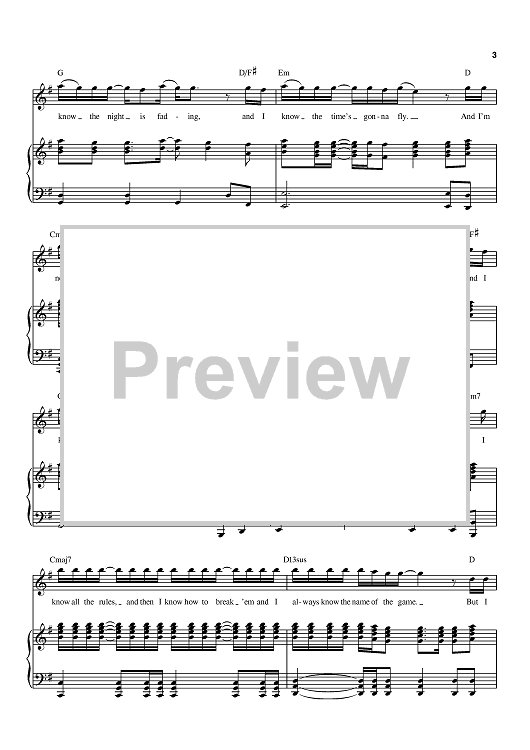

The notes of a chord are often played at the same time, but they can also be played one after another in an ascending or descending order. When three or more different notes are combined to create a sound, that’s called a chord. Learning these simple beginner guitar chords can already let you play some of the world’s most popular songs. In this article, we’ve laid out the most basic guitar chords to help get you into the groove of playing. If you’ve always wanted to play the guitar, there’s really nothing stopping you from doing so!Īs a beginner, one of the first things you need to learn is how to play guitar chords. You can even get a travel-size guitar so you can bring it along wherever you go. Guitars are also very accessible – there’s a guitar for every budget, from wallet-friendly beginner acoustic guitars to pro-level electric guitars under $1000. Compensated nuts can help, but the only way to get nearly perfect intonation everywhere is with something like the psychedelic looking (and pricey) True Temperament fretting system.The guitar is one of the easiest and most satisfying instruments to learn.


You’ll never have perfect intonation over the entire fretboard. However, even after you’ve got the action at the nut properly dialed-in, the fact is that guitars are imperfect instruments due to their fixed frets. That’s why nut issues tend to be rarer on high-end guitars. On the other hand, the nuts on very expensive and high-end guitars usually get a lot more attention before they leave the factory. A high nut leaves the future owner plenty of “meat” to remove, as necessary. They assume the future owner will have the guitar set up, and lower the nut action to their liking. So, factories usually err on the side of leaving the nut too high, which avoids fret buzz but can cause high action and poor intonation (though not always). The nut is the #1 thing that gets glossed over or rushed during final QA at the factory because it requires a bit of time and finesse to get just right. Nut-height is almost always a problem with cheap guitars. Always practice on a cheap guitar or junk neck (which you can find all over ebay) first. However, don’t do your very first nut job on an expensive guitar. It IS a necessary skill if you want to do your own guitar setups.

So, it’s best left to a pro unless you’re willing to learn the technique so you can (properly) do it yourself. However, simply filing them deeper isn’t enough–there’s some skill involved in doing it right so that strings don’t buzz or bind in the slots. These issues can be fixed by deepening and/or reshaping the individual string slots a bit. Open D and A chords are the usual suspects, but other chords can stick out as well, depending on the guitar and how bad the nut is. Usually, this is more noticeable with certain chords. Sometimes, there’s absolutely nothing wrong with your guitar, but I’ll talk more about that at the end of this article. Sometimes, it’s a combination of those factors. This creates a problem similar to when your bridge saddles are too far forward or backward. The string slots are shaped improperly–where the breakpoint of the string over the nut is too far forward or backward.The overall nut height is fine, but the string slots themselves aren’t deep enough, which can cause the same effect as #1.So, when you press the strings down the notes are literally pulled sharp due to the extra distance the string has to stretch (much like bending a note) The nut may be too high, which makes the action higher than it should be at the nut.Whenever you’ve got intonation set properly but one or two lower-position guitar chords sound out-of-tune, it’s almost always a nut issue:


 0 kommentar(er)
0 kommentar(er)
